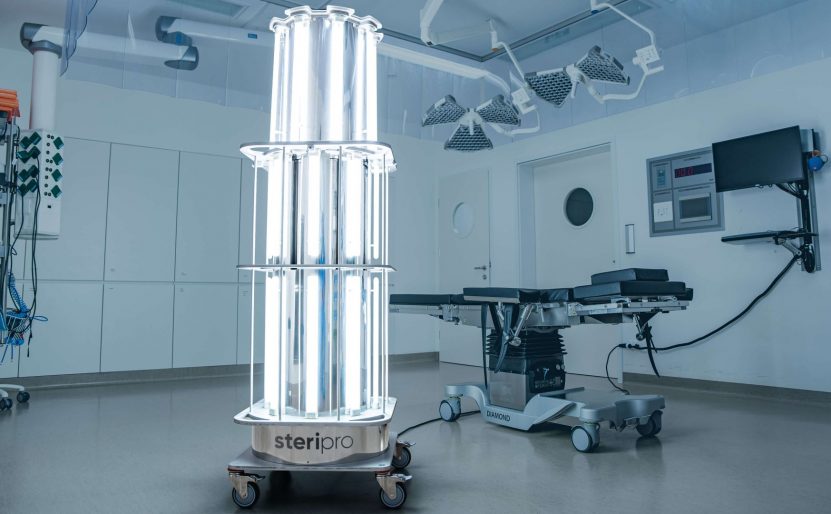UV-C air purifiers have been used for years to eliminate airborne pathogens, in healthcare settings in particular. However, in 2021, caused or accelerated by the pandemic, they are also now being used to protect health in schools, offices, and all types of commercial facilities.
Versatile and convenient, these standalone units can be easily moved from one room to another, allowing them to protect occupant health wherever they are needed.
But, as versatile as they are, some building owners, facility managers, and cleaning professionals are new to this technology, and many may have heard unsubstantiated myths about these air purifiers.
RELATED: The power of UV-C light
Jenna Riffer, EVP for Incharged, which manufactures LUX UV-C Air Purifiers, told CleanLink that there are several myths to be debunked about these technologies and their usage.
UV-C systems are “electric” disinfectants
This is false as these systems are not disinfectants but germicides that destroy harmful microorganisms.
All systems are alike
This technology comes in a range of systems. To be effective, all systems must produce 254 nanometres of light, such as those manufactured by LUX.
No one knows how this technology works
In fact, studies indicate that UV-C light penetrates pathogen cells, causing them to rupture or lose their ability to reproduce.
Most diseases are spread by touching contaminated surfaces
While this is true of some diseases, many others like the coronavirus, tuberculosis, the flu, and other viruses are primarily transmitted via the air.
The Centers for Disease Control and Prevention (CDC) does not approve of UV-C
The opposite is true, as the CDC has recommended using these systems in healthcare settings for years.
UV-C air purifiers are the same as traditional air purifiers
While traditional air purifiers can capture some airborne contaminants, these air purifiers take air purification to the next level by inactivating airborne pathogens as pointed out in this video.
To purify the air, all you need is HEPA filters
HEPA filters do capture some pathogens, but these filters can become contaminated which negatively impacts their effectiveness. UV-C works with advanced HEPA filters to capture and inactivate pathogens on filters and incoming air.
“The final myth regards the safety of UV-C air filtration systems,” adds Riffer. “Along with being proven effective, UV-C technology is also proven perfectly safe.









